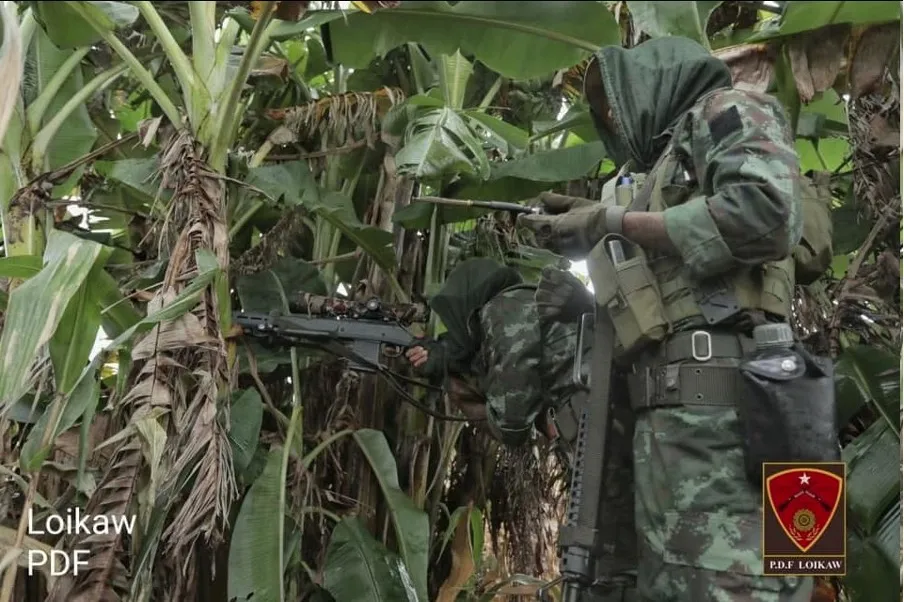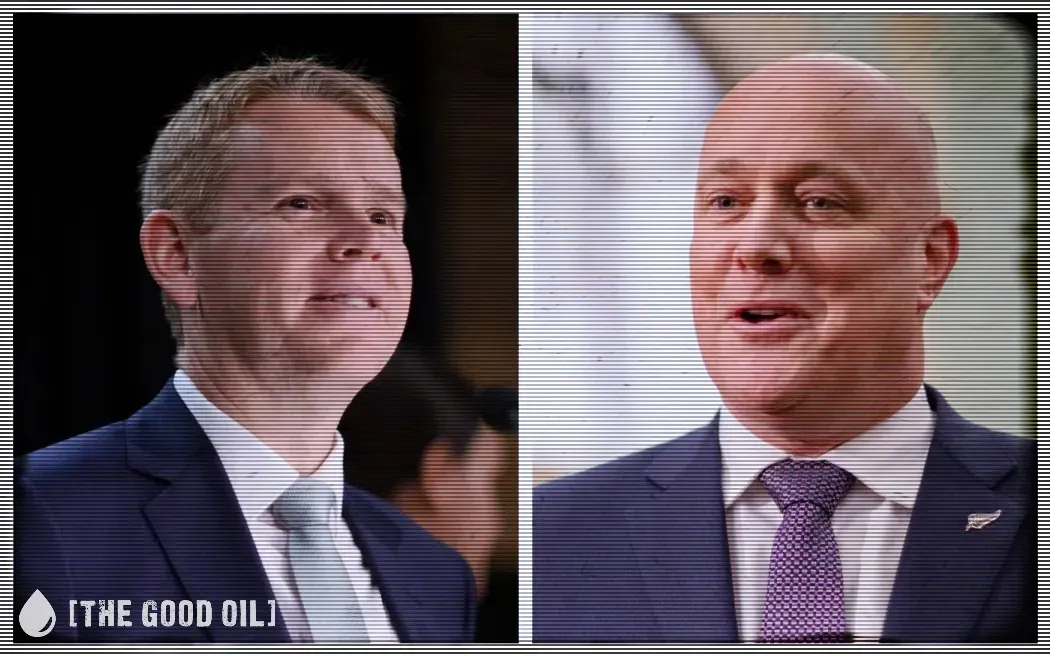Antonio Graceffo
Dr. Antonio Graceffo, PhD, China MBA, is a China economist, the author of Beyond the Belt and Road: China’s Global Expansion and The Wrestler’s Dissertation. He is based in Ulaanbaatar, Mongolia.
“More Christians than ever have been driven out to live in camps for displaced people, where they are often deprived of access to food and healthcare because of their faith,” read a report on religious persecution in Burma, written by Open Doors, an independent monitoring group.
According to the US Commission on International Religious Freedom (USCIRF) 2022 report, “The Tatmadaw targeted houses of worship, faith leaders and religious communities in its crackdown on the opposition … it arrested religious leaders, including those from the Buddhist majority, for opposing the military junta.” Consequently, USCIRF has identified Myanmar as a “country of particular concern”.
While Ukraine captures headlines around the globe, the world’s oldest ongoing war has been largely forgotten. The 70-year-old low-intensity conflict in Myanmar dramatically escalated after the 2021 military coup that overthrew the democratically elected Nobel Laureate Daw Aung San Suu Kyi.
Most casual readers may know about the genocide committed against the Rohingya Muslims or about the Karen people’s fight for independence because it was the subject of the movie Rambo IV. But these are just two small pieces in a much bigger and more complex war being waged against 134 ethnic groups and the religious freedom of Buddhists, Catholics, and Protestants.
A brief history of the conflict
Today, Myanmar has a population of 54.8 million. This number is composed of at least 135 ethnic groups, depending on how the groups are defined and counted. The Burmans (Bamar) are the leading ethnic group, comprising 68 per cent of the population, while the largest minority groups are the Shan making up 9 per cent of the population, the Karen 7 per cent, Rakhine 4 per cent, Chinese per cent, Indian 2 per cent, and the Mon 2 per cent. The Karen, Shan, Mon, Chin, Kachin, Rakhine and Karenni live predominately among their own ethnicity in ethnic-majority states. Other ethnic groups of significant size and regional centration are Pa-O, Wa, Kokang, Palaung, Akha, and Lahu.
Of the more than 100 languages spoken in the country, Burmese (the official language), Shan, Karen, Rakhine, Chin, Kachin, Mon, and Chinese are the most widely spoken. The primary religions are Buddhism, Christianity, Islam, Hinduism, and Animism.
Before World War II, Burma was a British colony. In 1940, Aung San, the father of Nobel Prize winner and current political prisoner Aung San Suu Kyi, went to study in Japan along with some other young Burmese intellectuals. When they returned, they formed the Burma Independence Army (BIA) which fought against the allies to gain Burma’s independence. After Yangon fell to the BIA in 1942, the Japanese renamed the country The State of Burma, and granted them nominal independence with Aung San as the leader under Japanese authority.
Aung San and his cohorts eventually switched sides and fought against the Japanese. In 1945, after the Japanese surrendered, the allies entered into negotiations with Aung San regarding Burma’s independence.
The ethnic minorities were not keen to replace a foreign ruler with a Burman one. In an attempt to reach an acceptable compromise, Aung San met with the leaders of the Chin, Kachin, and Shan ethnic groups and signed the Panglong Agreement in 1947. This guaranteed autonomy to the ethnic states as well as the right to leave the union of Burma and gain full independence after ten years.
Unfortunately, Aung San was assassinated shortly afterwards and the Burmese government violated the terms of the agreement.
Fighting broke out in 1948 when the Karen National Union (KNU), representing one of the largest ethnic groups, took up arms. Despite the fighting, Burma held three sets of elections during the 1950s. In 1962, General Ne Win seized control of the country. After military rule was imposed, more ethnic armies formed and entered the war.
Under the military regime, the country became an isolated hermit kingdom similar to North Korea. The regime transformed a country that had once been one of the most developed in Southeast Asia into one of the least developed in the world. Finally, in 1988, things became so bad that even the Burmans (not just the ethnic minorities) stood up to their government. The 8888 Uprising was led by university students calling for democratic reforms. The government reacted violently, killing thousands of people and driving hundreds of thousands to flee.
Ne Win’s military government was then replaced with an equally bad military government called the State Peace and Development Council (SPDC). It was from the 8888 Uprising that Daw Aung San Suu Kyi first became the face of democracy in Burma. A general election was arranged by the military junta in 1990. After the NLD won, the results were disqualified by the junta and Daw Aung San Suu Kyi would spend most of the next 20 years under house arrest.
Between 2008 and 2015, a new constitution was drafted and political liberalization began to take hold. In 2015, the NLD won the national election by a landslide. While the NLD was officially in power by law, the military still held enough appointed seats in the parliament to make the NLD nearly powerless to enact legislation the military opposed. In 2019, the NLD won re-election, but was ousted in a military coup shortly after.
Since 1948 Myanmar’s largest exports have been forest products, minerals, gems, and energy. And China has been one of their largest trade partners. Much of the deforestation in Myanmar is illegal and mineral extraction is often immoral, resulting in mass rapes, murder, killing of children, involuntary labour, and displacements by the military. Timber and mining as well as agricultural work is often carried out through forced labour with ethnic civilians being tortured, coerced, or threatened into working for free for the regime.
The ethnic areas are rich in the minerals and energy sold to China. Consequently, much of the fighting in the ethnic areas is over mineral and timber rights. The regime wants to extract and sell these resources to China while the ethnic minorities demand compensation.
Another reason for the fighting is drugs. The regime also funds itself by supporting opium and methamphetamine (yaba) trade. These drugs are smuggled out of Burma and sold in Thailand by ethnic armies in partnership with the regime. The United Wa State Army (UWSA) is one of the largest and most powerful ethnic armies. They are backed by China and were the largest opium dealers in the world until recently.
While the US and the EU have brought sanctions against Myanmar, China continues to fund the regime moving ahead with investments in liquid natural gas, seaports, and energy production. Russia is bypassing US sanctions resulting from the Ukraine invasion by selling gas and oil to Myanmar. China also continues to buy Myanmar’s exports, and both China and Russia are selling weapons to the regime. The Tatmadaw is now killing civilians with Russian and Chinese-made aircraft.
Intensification of religious persecution
Since the beginning of the Burmese conflict, religious and ethnic minorities have suffered repression at the hands of the Burman majority. The past two years, however, have seen an intensification of repression and violence against religious minorities. The Tatmadaw has been targeting houses of worship and arresting religious leaders.
In 2017, the Burmese army committed mass killings and rapes against the Rohingya Muslims in Rakhine State. As a result, 745,000 fled to Bangladesh. Each year since, including this year, hundreds of thousands of Rohingya have fled the country, to escape violence.
Observers are reporting that since the coup, similar levels of violence are being perpetrated against other religious communities.
In February 2021, the Tatmadaw raided a Hakha Baptist Church in the capital of Chin State, and arrested the pastor. The same month, a Kachin Baptist church was raided in Shan State. Soldiers shot and killed the 25-year-old pastor and three other civilians in Kalay township in March. In June, Catholic church in Kayah State was damaged by airstrikes. A Baptist pastor was killed by the military in Chin State in September. And numerous Buddhist monks were jailed for speaking out against the regime and its persecution of religion.
Earlier this month, the Tatamadaw bombed a Baptist seminary in Kachin State, injuring four seminarians. Two weeks earlier, the air force launched strikes against the anniversary celebration of the Kachin Independence Organization (KIO), killing 80 and wounding hundreds. In June, a Catholic church in Karenni State was burned to the ground. Throughout May, the Tatmadaw targeted Catholic villages in Kayah state in eastern Myanmar, burning and looting houses. In April, troops opened fire on a mosque in the city of Mandalay, killing a prominent Muslim human rights leader. The government also shelled a Buddhist monastery in Chin State in March.
In light of the worsening situation in Myanmar, USCIRF has recommended that the Biden administration work closely with leaders of the Association of Southeast Asian Nations to condemn, sanction, and ultimately stop religious persecution in Myanmar. China and Russia must also be convinced, through sanctions and other means, to stop supporting the Burmese regime.









